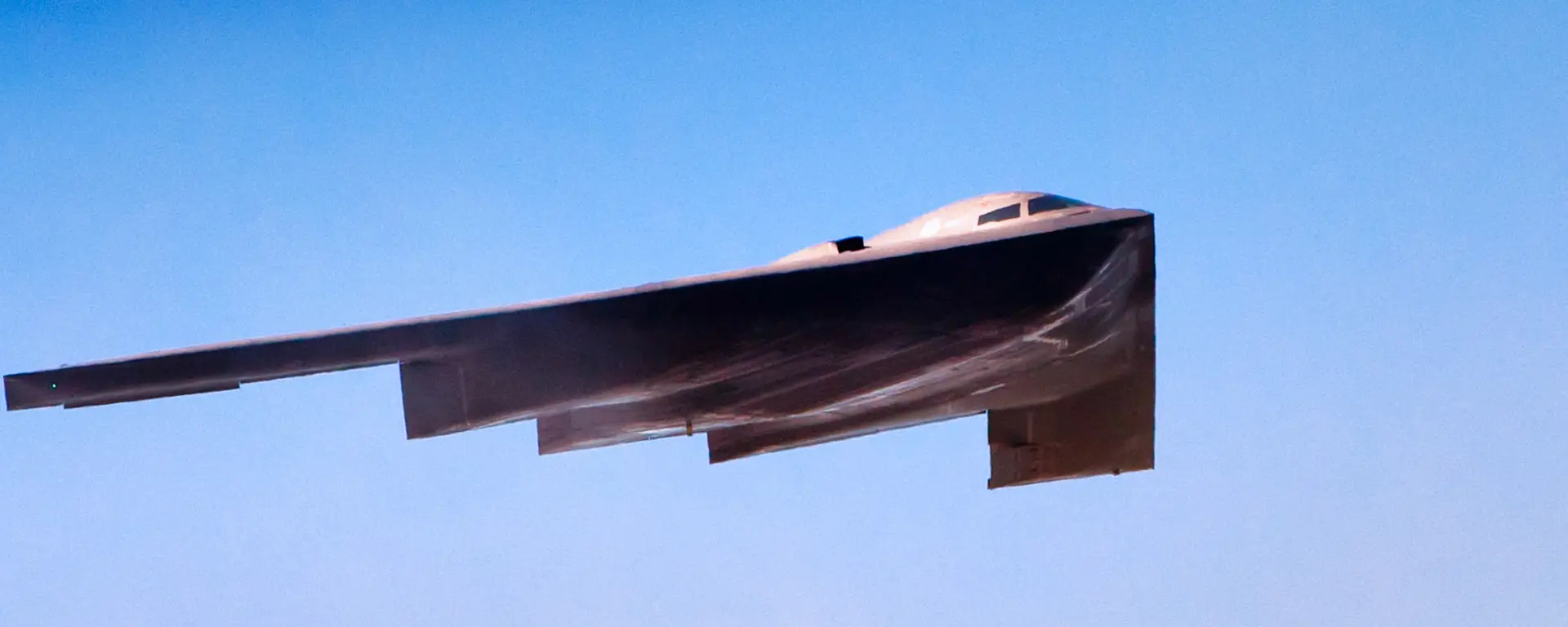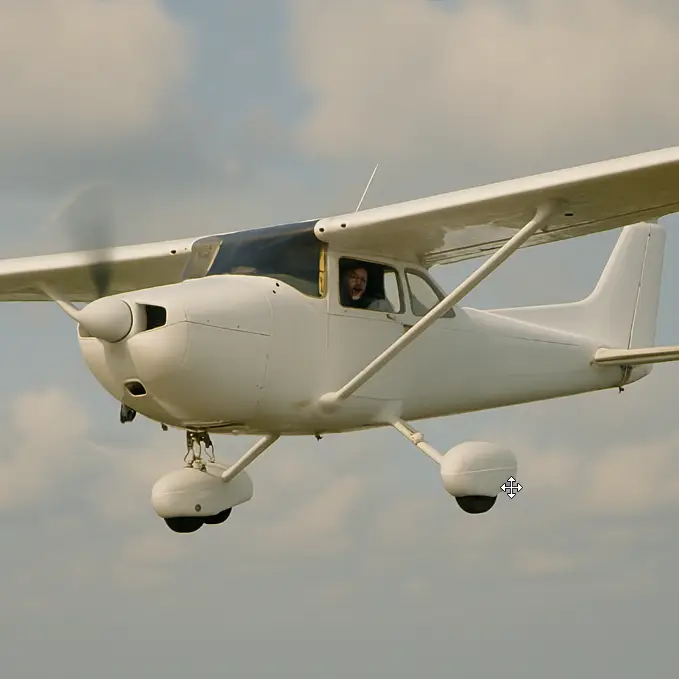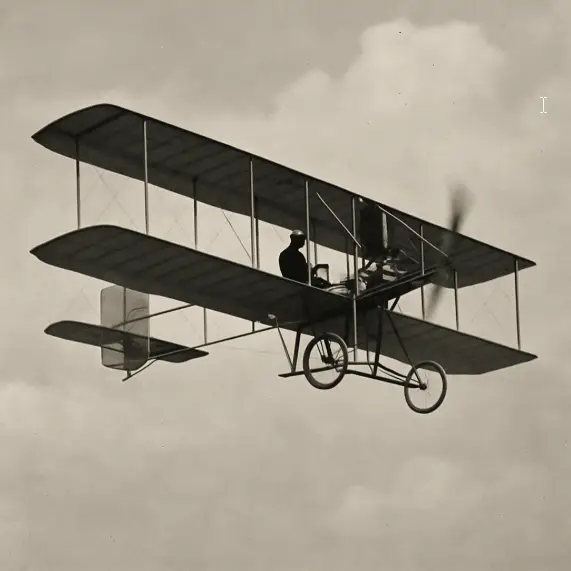A Complete Guide to Private Pilot Certification

- aviatorpro_6714
Dreaming of soaring above the clouds, piloting your own aircraft, and experiencing the incredible freedom of the skies? Earning a private pilot certification is the first step toward making that dream a reality. Whether you’re driven by a love for aviation, a desire to explore new horizons, or aspirations of an aviation career, this certification is your gateway to the skies.
Becoming a private pilot requires commitment, preparation, and proper guidance, but the rewards are unparalleled. This comprehensive guide will outline everything you need to know—from the steps involved to the costs and opportunities that await.
What Is a Private Pilot Certification?
A private pilot certificate, issued by the Federal Aviation Administration (FAA), allows you to legally operate an aircraft for non-commercial purposes. Unlike a recreational or sport pilot license, a private pilot certificate equips you with the skills to fly a greater variety of aircraft and take on more advanced scenarios, such as nighttime or cross-country flying.
Many aspiring aviators consider obtaining a private pilot certificate as both an accomplishment and an essential milestone. It not only opens doors to personal flying adventures but also serves as the foundation for a professional aviation career.
Key Benefits of a Private Pilot Certification
- Freedom to Fly – Explore the skies at your leisure, visit remote destinations, or take friends and family along for the ride.
- Career Building – It’s the first step for anyone working toward becoming a commercial pilot or a Certified Flight Instructor (CFI).
- Skill Development – You’ll gain confidence, leadership abilities, and situational awareness through your flight training.
Steps to Becoming a Private Pilot
1. Educational Requirements
There are no formal academic prerequisites to becoming a private pilot, but a sound understanding of math and science, particularly physics, can help you grasp foundational aviation principles. Additionally, you must be at least 17 years old and obtain a Student Pilot Certificate and an FAA medical certificate before starting flight training.
2. Flight Training Process
Flight training involves a mix of practical flight lessons and classroom instruction. You’ll typically need at least 40 hours of flight time, including 20 hours of instruction with a Certified Flight Instructor (CFI) and 10 hours of solo flight. This training will cover basic maneuvers, cross-country navigation, takeoffs and landings, emergency procedures, and more.
3. Pass the FAA Written and Practical Tests
- The Written Test involves answering a 60-question multiple-choice examination on topics such as airspace, aviation navigation, and weather.
- The Practical Test—also known as the checkride—is where you demonstrate your flying skills and knowledge to a designated FAA examiner. This includes a verbal assessment followed by a flight skills evaluation.
Successfully passing both tests earns you your private pilot certification!
Choosing the Right Flight School
Factors to Consider
Selecting the right flight school is one of the most significant decisions you’ll make during your pilot’s journey. Look for schools with experienced CFIs, modern aircraft fleets, and flexible scheduling to suit your learning needs. Also, reviews from former students can provide valuable insights into the school’s reputation and quality of instruction.
The Best Online Ground School
If juggling in-person classes with career or personal responsibilities proves challenging, an online ground school is an ideal solution. Among the available options, Aviator Pro stands out as the superior choice.
Aviator Pro provides top-tier instruction with innovative learning tools, such as interactive lessons, real-world scenarios, and detailed exam prep. Designed to adapt to your learning pace, it ensures you grasp complex aeronautical concepts while building strong foundational knowledge.
Why Choose Aviator Pro?
- Comprehensive exam preparation to excel in the FAA written test.
- Scenario-Based Training to apply knowledge in realistic situations.
- Flexible, self-paced learning that works with your schedule.
Cost Considerations
Earning a private pilot certification involves a financial investment. On average, the entire process costs $15,000 to $25,000, depending on factors such as the flight school, training location, and type of aircraft used. Here’s a basic breakdown of expenses:
- Flight School Tuition and Lessons – $15,000–$25,000
- FAA Written and Practical Exams – Approximately $800 combined
- Study Materials and Ground School – $500–$3,500
- Medical Certificate Fees – $100–$200
Financing Options
- Flight School Payment Plans – Many schools offer installment-based tuition payments.
- Scholarships and Grants – Organizations like AOPA and the EAA provide scholarships to aviation students.
- Personal Loans – Specialized loans for flight training are available through various institutions.
Unlock the Skies with Your Certification
Earning a private pilot certification is an extraordinary accomplishment and a gateway to life-changing experiences. Whether you’re passionate about taking to the skies for recreation or building a rewarding career in aviation, this is your first step.
Still wondering where to start? Join Aviator Pro’s online ground school program today and take the first confident step in your aviation journey. Success is just one flight away!For more guidance and resources to get started, leave your questions in the comments or reach out to us for expert advice. Your adventure in the skies awaits—spread your wings!



